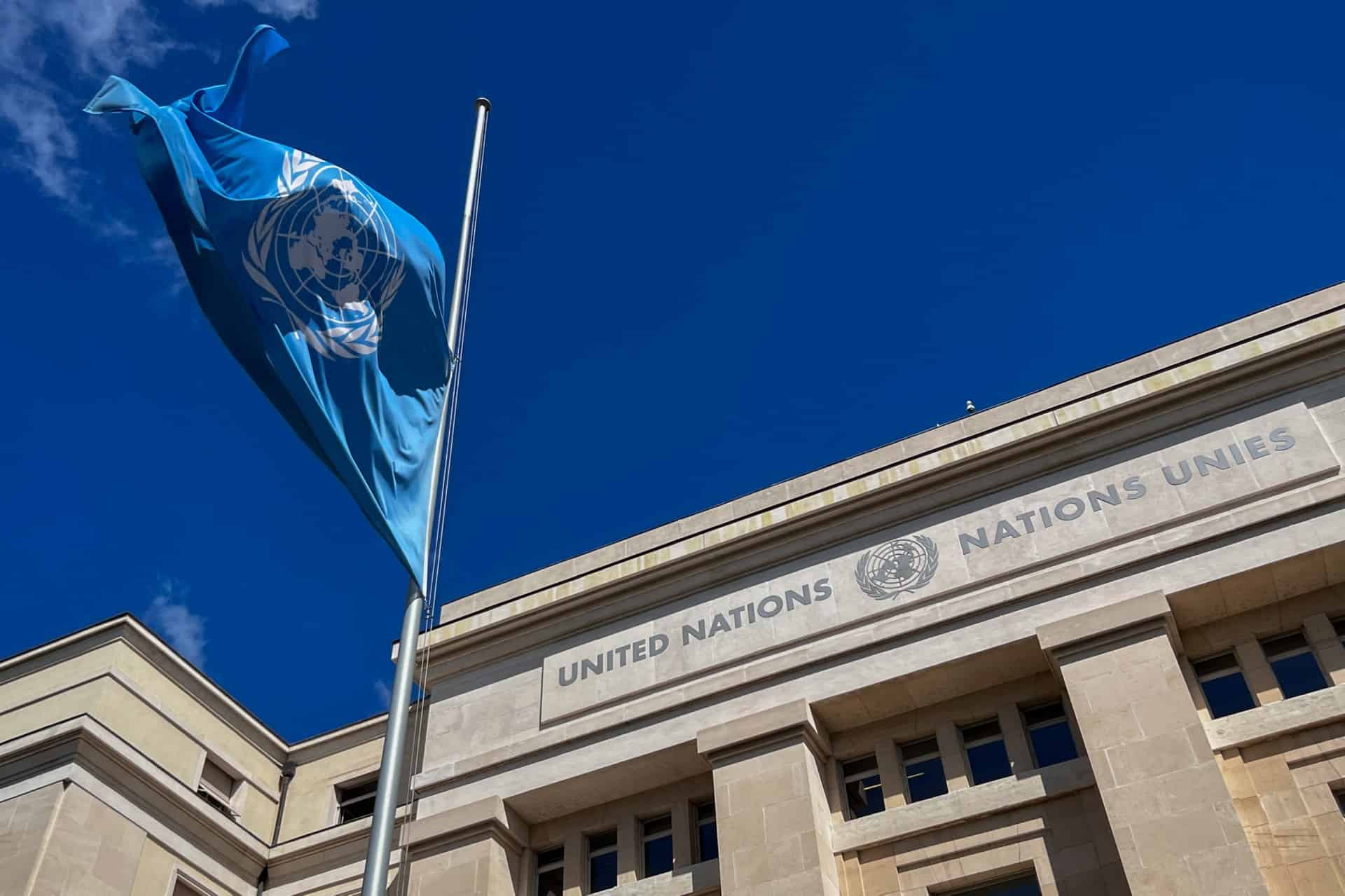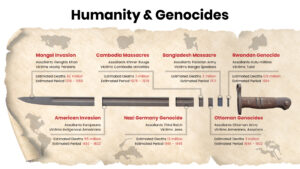In a fresh report, the UN agencies for weather and for disaster risk reduction found countries with poor early warning systems on average see eight times greater mortality from disasters than countries with strong measures.
Proper early warning systems for floods, droughts, heatwaves, storms or other disasters allow for planning to minimize adverse impacts.
“Extreme weather events will happen. But they do not need to become deadly disasters,” UN chief Antonio Guterres said.
As the impacts of climate change are increasingly felt, the world is seeing more disasters that have “compounding and cascading impacts”, Thursday’s report said.
Countries should therefore be equipped with multi-hazard early warning systems, but only half of the world’s nations currently have such mechanisms in place, the report found.
Poorer regions, often the most vulnerable to climate shocks and natural disasters, are the worst equipped with countries increasingly facing situations with multiple impacts.
‘Significant gaps’
Fewer than half of the world’s least developed countries and only one-third of small island developing states have multi-hazard early warning systems, it said.
Mami Mizutori, head of the UN Office for Disaster Risk Reduction, voiced alarm at the “significant gaps in protection”.
“This is a situation that needs to urgently change to save lives, livelihoods, and assets.”
As the threats rise, early warning systems have meanwhile contributed towards significantly reducing disaster-related mortality.
The UN report showed the number of people affected by disasters had nearly doubled from an average of 1,147 per 100,000 per year between 2005 and 2014, to 2,066 from 2012 to 2021.
At the same time though, the number of people killed by or missing after disasters annually fell from 1.77 per 100,000 people in the earlier period to 0.84 in the later one.
Mizutori pointed to the recent catastrophic monsoon floods in Pakistan, which submerged one-third of the country, and left nearly 1,700 people dead.
“Despite this carnage, the death toll would have been much higher if not for early warning systems,” she said.
The UN wants all countries to put in place early warning systems within five years, and is due to present an action plan during November’s COP27 climate summit in Egypt.
“Those who have done the least to cause the climate crisis are paying the highest price,” Guterres said.








